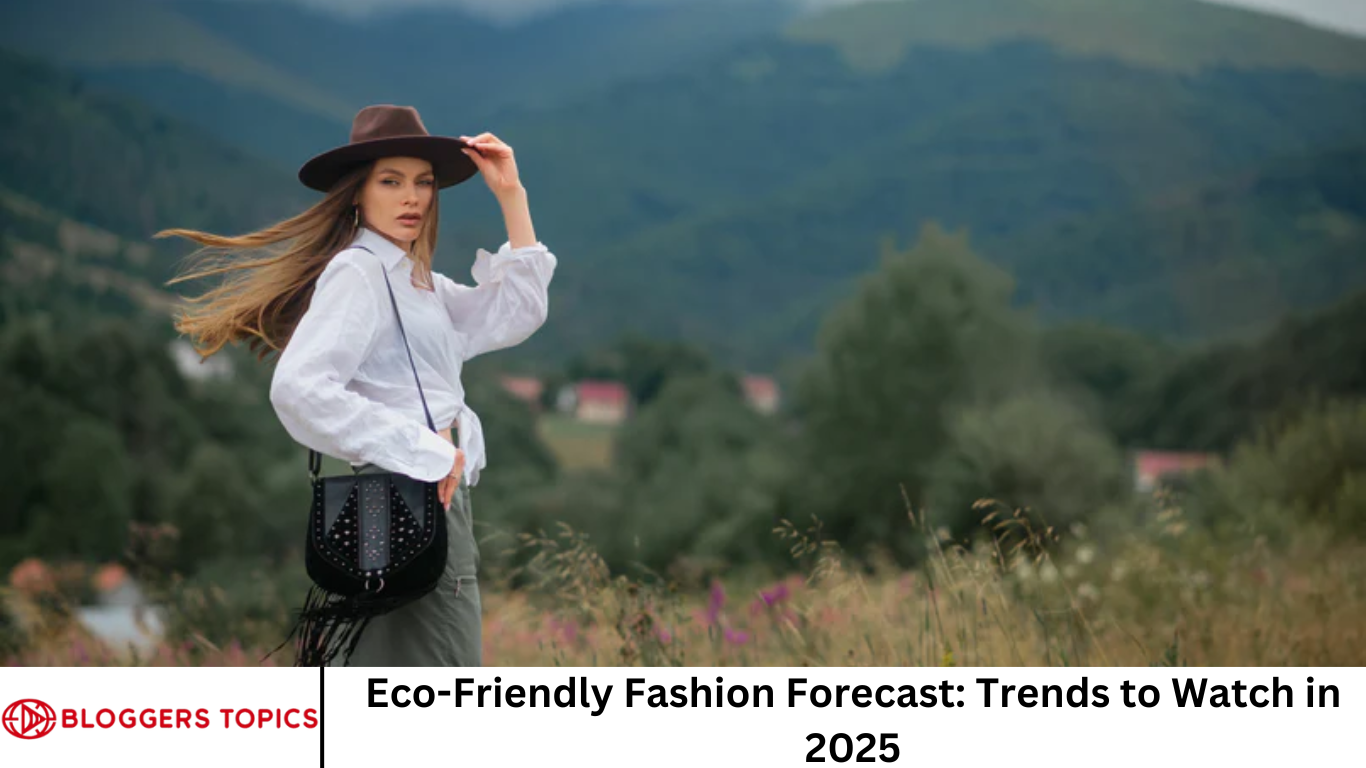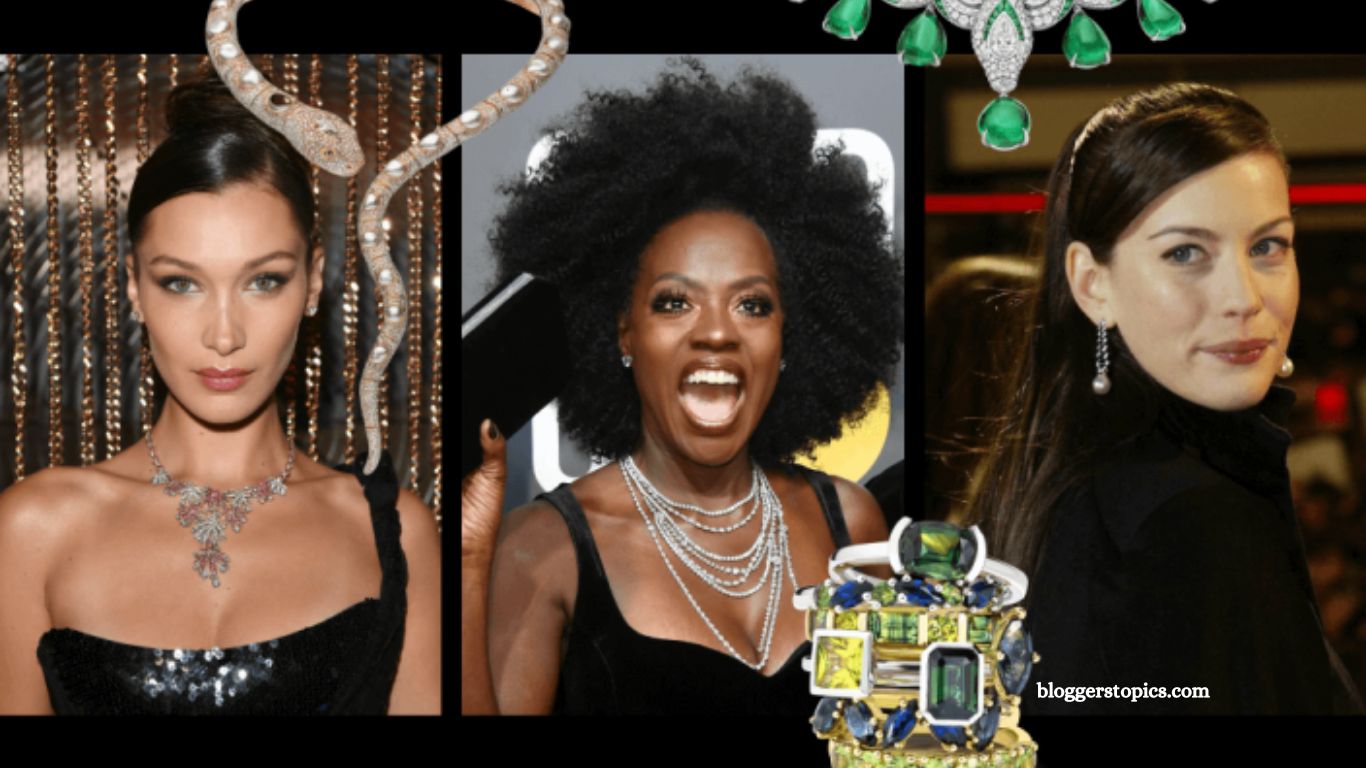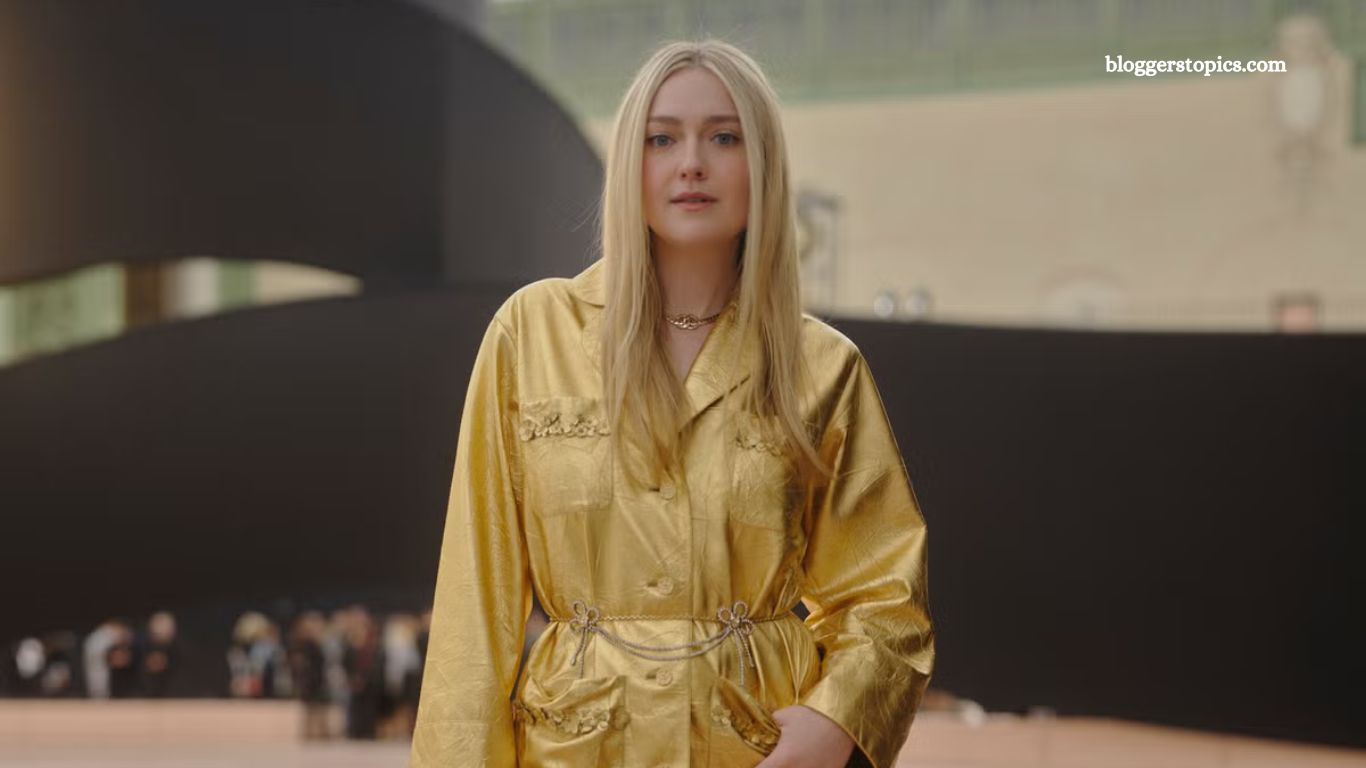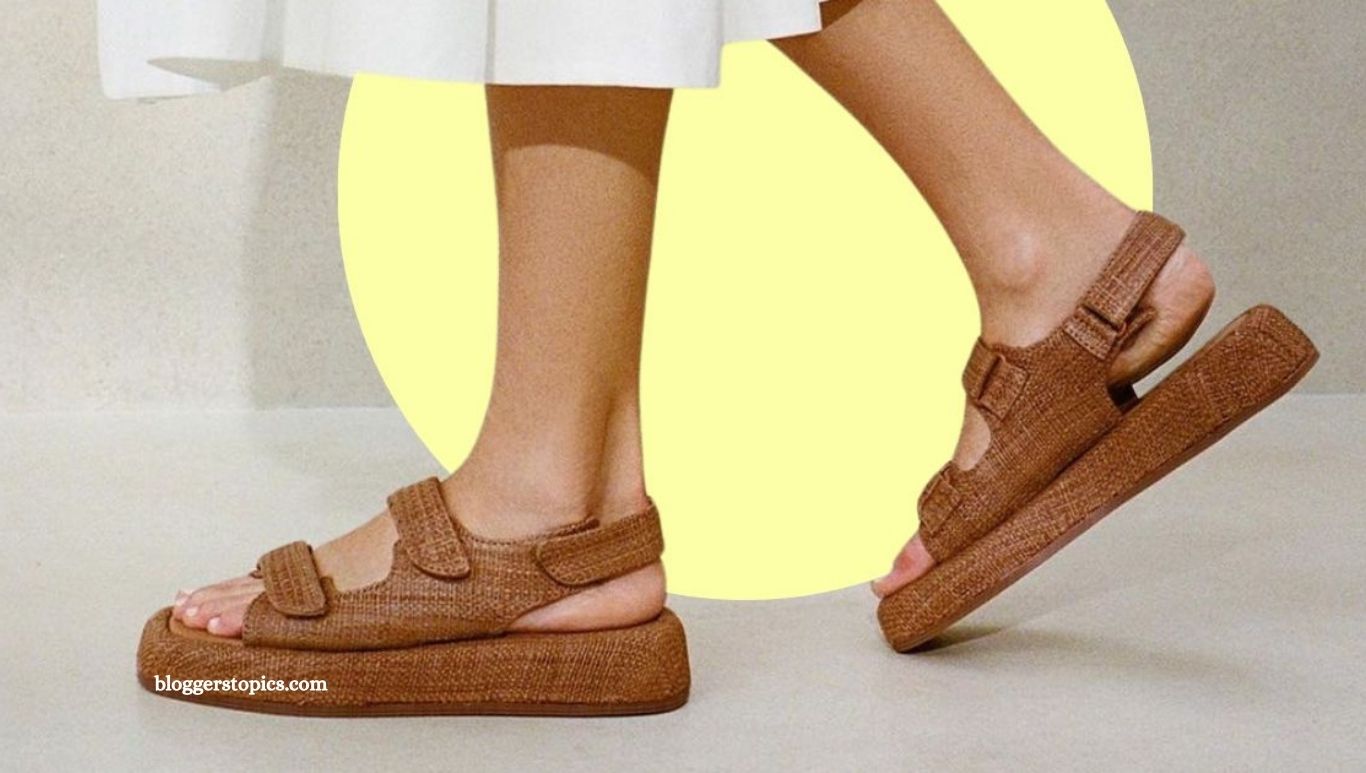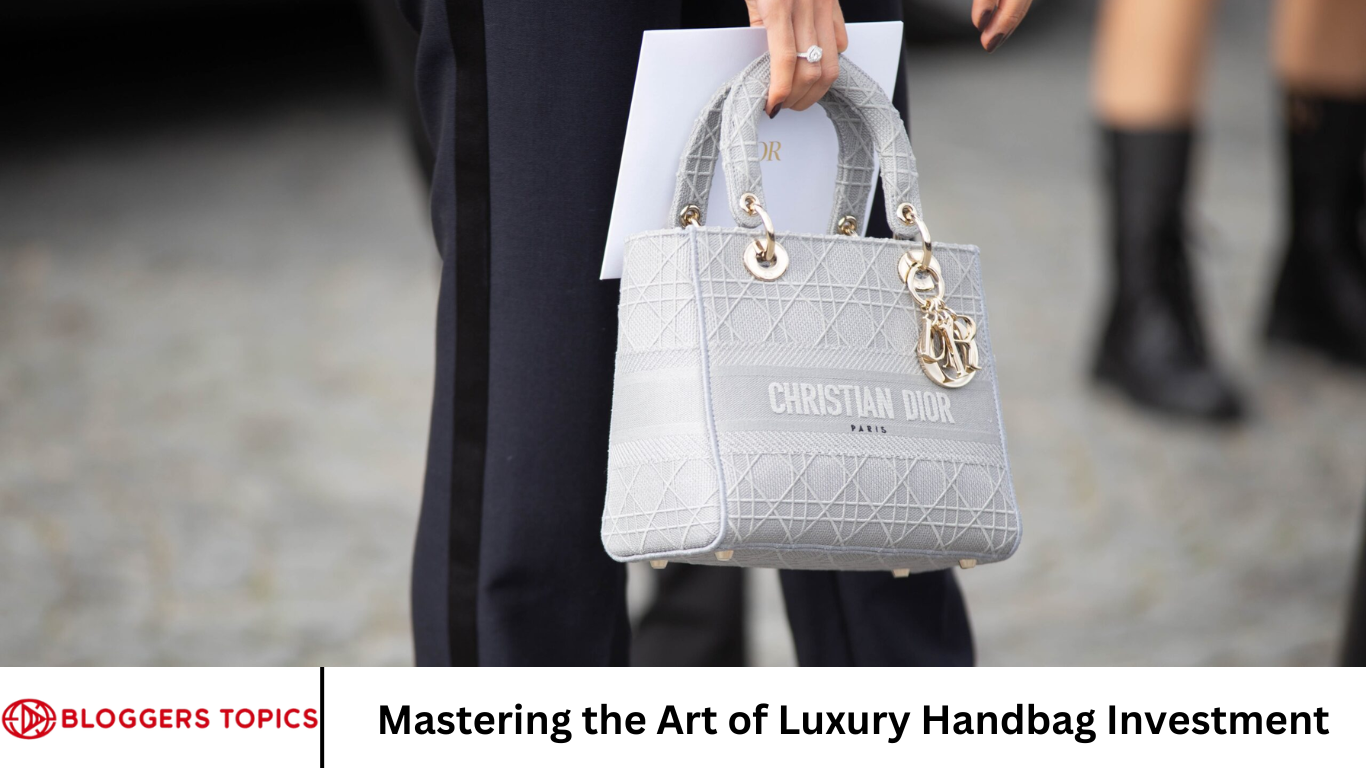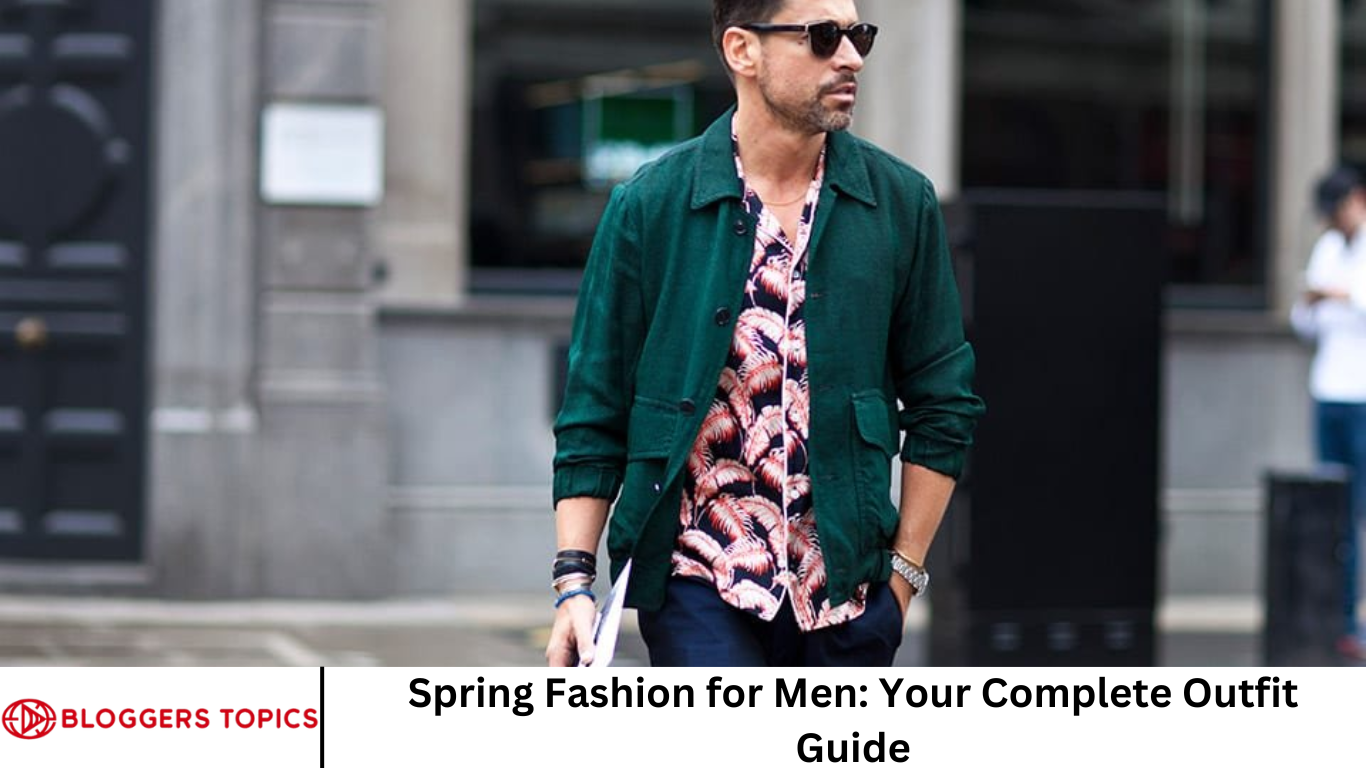As the fashion industry continues to evolve, sustainability is no longer a buzzword—it’s a fundamental shift reshaping how clothes are designed, produced, and consumed. In 2025, eco-friendly fashion will take center stage, driven by conscious consumers, innovative materials, and a collective effort to reduce environmental impact.
This article explores the top sustainable fashion trends to watch in 2025, offering insights for brands, designers, and shoppers who want to stay ahead of the curve.
More Read: Index Funds vs. ETFs: What Investors Should Understand
Regenerative Fashion: Beyond Sustainability
While sustainability focuses on minimizing harm, regenerative fashion goes a step further by actively restoring and revitalizing ecosystems. In 2025, expect more brands to adopt regenerative agricultural practices, such as carbon-sequestering farming methods, to source fibers like cotton, hemp, and wool. Companies like Patagonia and Christy Dawn are pioneering this movement, proving that fashion can be a force for ecological healing.
Key takeaways:
- Look for garments made from regeneratively grown materials.
- Support brands that invest in soil health and biodiversity.
- Expect increased transparency around sourcing practices.
Bio-Based and Lab-Grown Materials
As the demand for alternatives to traditional textiles rises, bio-based and lab-grown materials will become more mainstream. Innovations like mushroom leather (mycelium), spider silk proteins, and bacterial cellulose offer cruelty-free and low-impact alternatives to leather and synthetic fabrics. In 2025, these materials are expected to transition from niche to norm, supported by increased scalability and consumer interest.
Popular innovations:
- Mylo (mushroom leather)
- Bolt Threads (bioengineered silk)
- Piñatex (pineapple leaf fiber)
Circular Fashion Models
The circular economy will dominate sustainable fashion in 2025, with brands embracing closed-loop systems that reduce waste and extend the life of garments. Rental services, resale platforms, repair initiatives, and upcycling will all gain traction.
Emerging models:
- Clothing rental platforms (e.g., Nuuly, Rent the Runway)
- Take-back and resale programs (e.g., Levi’s SecondHand, Eileen Fisher Renew)
- Digital IDs and traceability tools for better lifecycle management
Minimalism and Capsule Wardrobes
In response to fast fashion fatigue, consumers are shifting toward minimalist, timeless designs. Capsule wardrobes—collections of essential, versatile pieces—will continue to gain popularity. These curated collections reduce overconsumption and help individuals develop a more intentional relationship with clothing.
Tips for building a capsule wardrobe:
- Choose neutral, versatile colors
- Invest in high-quality, durable fabrics
- Focus on fit and function over trends
AI-Driven Design and Production
Artificial intelligence is set to revolutionize sustainable fashion by optimizing everything from design to supply chain logistics. AI can predict trends, reduce overproduction, and customize fits, minimizing waste and returns.
Applications in 2025:
- AI-assisted design tools for efficient pattern making
- Smart inventory management to reduce unsold stock
- Virtual fitting rooms to lower return rates
Local and On-Demand Manufacturing
To cut down on carbon emissions and lead times, more brands will shift toward localized and on-demand production. Technologies like 3D knitting and automated sewing machines make it possible to manufacture closer to the point of sale.
Benefits:
- Reduced shipping-related emissions
- Faster turnaround times
- Support for local economies
Waterless and Low-Impact Dyeing Techniques
Traditional dyeing processes are notorious for water pollution and chemical waste. In 2025, eco-friendly dyeing innovations will play a pivotal role in reducing fashion’s environmental footprint.
Eco dyeing innovations:
- CO2 dyeing (e.g., DyeCoo)
- Plant-based and natural dyes
- Digital printing technologies
Transparency and Digital Labeling
Consumers are demanding greater transparency from fashion brands. In 2025, expect widespread adoption of digital labeling systems, including QR codes and blockchain-based IDs that provide detailed information about a product’s origin, materials, and environmental impact.
What to look for:
- Digital passports detailing product lifecycle
- Certifications such as GOTS, OEKO-TEX, and Fair Trade
- Blockchain technology for verifiable supply chains
Inclusive and Accessible Sustainability
Sustainable fashion must be inclusive to be truly impactful. In 2025, the industry will prioritize size inclusivity, adaptive clothing for people with disabilities, and affordable options for all income levels. Brands are beginning to recognize that ethical fashion should not be a luxury.
Key developments:
- More diverse model representation in campaigns
- Extended size ranges from eco-conscious brands
- Collaborations with community organizations to ensure accessibility
Consumer Education and Empowerment
The rise of eco-conscious fashion is closely tied to informed consumers. Education around sustainability practices, material choices, and garment care will be central to fashion marketing and retail strategies in 2025.
Educational initiatives to expect:
- Interactive retail experiences and workshops
- Online content on sustainable living
- Brand transparency reports and sustainability scorecards
Frequently Asked Question
What is eco-friendly fashion and why is it important in 2025?
Eco-friendly fashion refers to clothing that is designed, produced, and consumed in ways that minimize environmental impact and promote ethical labor practices. In 2025, it’s critical as the industry confronts climate change, resource scarcity, and consumer demand for sustainable alternatives.
What are the biggest sustainable fashion trends in 2025?
Key trends include regenerative agriculture, bio-based materials, circular fashion models, capsule wardrobes, AI-driven design, on-demand manufacturing, and eco-friendly dyeing technologies.
How is AI being used to make fashion more sustainable?
AI is helping reduce overproduction through predictive analytics, improving design efficiency, managing inventory, and enabling virtual fittings to reduce returns—making the entire supply chain more sustainable.
What are bio-based and lab-grown materials in fashion?
These are innovative textiles made from natural sources (like mushroom leather or pineapple fibers) or engineered in labs (like spider silk proteins). They offer cruelty-free, biodegradable, and low-impact alternatives to traditional materials.
How can consumers support circular fashion in 2025?
Consumers can rent clothes, buy secondhand, repair or upcycle items, and support brands with resale or recycling programs to help close the loop on waste.
Are sustainable fashion options becoming more inclusive and affordable?
Yes. More brands are expanding size ranges, designing adaptive clothing, and offering budget-friendly sustainable lines, aiming to make ethical fashion accessible to all.
How can I verify if a brand is truly sustainable?
Check for certifications (like GOTS or Fair Trade), digital product passports, transparent supply chain disclosures, and whether the brand shares sustainability reports or lifecycle data.
Conclusion
Eco-friendly fashion in 2025 is not just about trends—it’s about transformation. As the industry continues to adapt to environmental challenges and evolving consumer values, these sustainable innovations will play a key role in shaping a more ethical and resilient future. Whether you’re a designer, retailer, or conscious shopper, staying informed and engaged with these trends is crucial for contributing to a greener planet.

